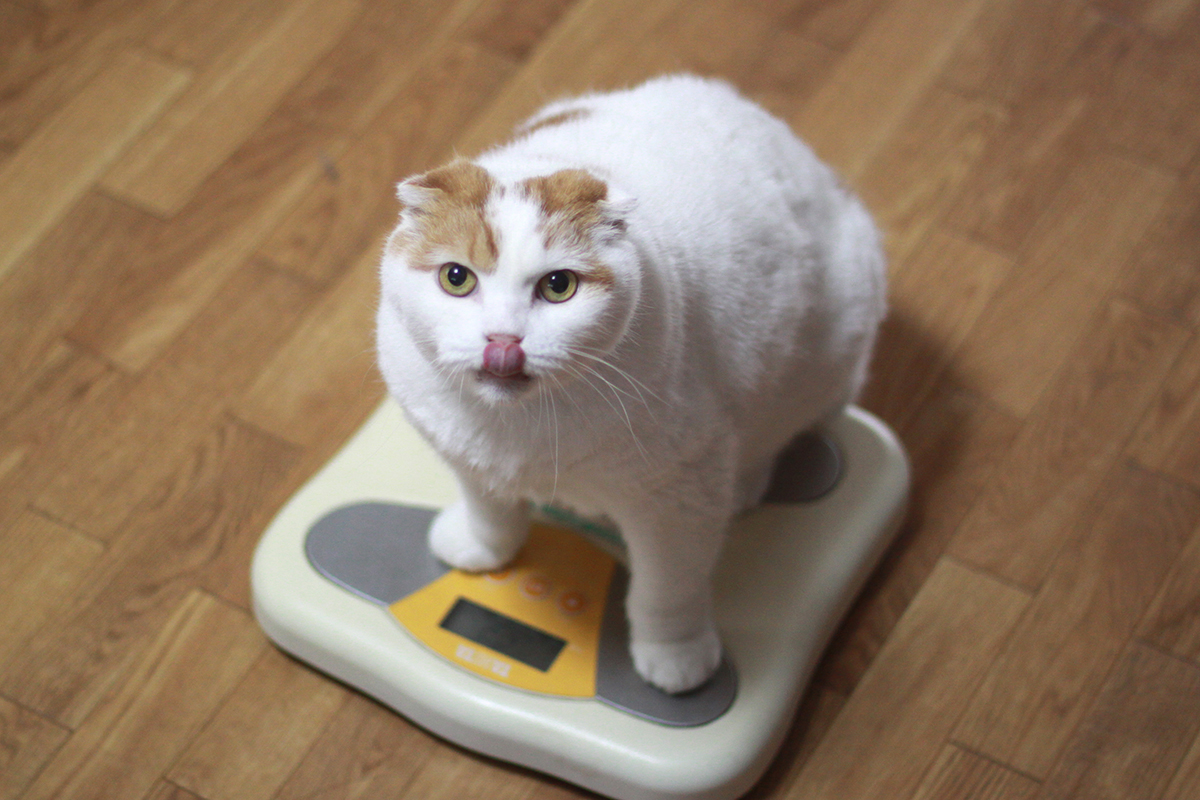Pet Diabetes: Learning the Facts Can Lead to Long and Happy Lives
Hearing a diagnosis of diabetes for a beloved pet often makes an owner feel despair. Rescue pets with diabetes also have a harder time finding homes. But diabetes in both dogs and cats is treatable. Here are some facts and information regarding the diagnosis and treatment of the disease so you can help your dog or cat live a quality life if they have diabetes or develop it.
Dogs
There are two types of diabetes in dogs: diabetes mellitus (DM) and diabetes insipidus (DI). DM is the more common type of diabetes in dogs; DI is rare. The four main symptoms of DM are: increased thirst, increased urination, weight loss, and increased appetite.
What Causes DM?
DM is caused by a failure of the pancreas to regulate blood sugar. There are cells in the pancreas that produce insulin if they are functioning properly. Insulin is important because it tells the body’s cells to absorb glucose from the blood. If there is not enough insulin present, glucose is not absorbed and instead it accumulates in the blood — this causes hyperglycemia (high blood glucose).
Because glucose provides energy to the cells of the body, when it’s not absorbed, they are starved for energy. This results in the body breaking down stores of fat or protein causing the weight loss. The body feels as if it’s starving so the dog is hungry and has a ravenous appetite. The dog’s body tries to eliminate the extra glucose by getting rid of it in the urine. The extra glucose attracts water and this increases the volume of urine and the dog has to go more often.
There are several types of diabetes mellitus (DM). Type 1 is often called insulin-dependent DM and is the most common form of diabetes in dogs. These dogs require insulin injections to stabilize their blood sugar levels.

Regulating Diabetes through Diet and Insulin
Once a diagnosis is made, with the help of bloodwork and a urinalysis done by your veterinarian, a dietary change is usually necessary to treat DM. Diabetic dogs must be fed the same food and the same amount on the same schedule every day (usually the meals are given twice a day just before the insulin injection). Consistency is key in the treatment and both the diet and insulin have to be part of the dog’s daily routine.
Veterinarians usually recommend a diet rich in fiber and low in carbohydrates. Why? This diet is lower in sugar and it is digested more slowly so the dog absorbs the sugars more slowly as well. There is an added benefit with high fiber as it can help with weight loss since obesity is often a factor in the development of DM in dogs.
If you’re squeamish about injecting your pet with insulin, don’t be. The insulin injection needles cause very little, if any, pain, the insulin doesn’t sting, and the injection is given just underneath the skin nowhere near any organs.
Your veterinarian will want to do blood and urine tests every one to three months. There are two common blood tests: the blood glucose test and the fructosamine test. You need to be monitoring your dog’s appetite, weight, water consumption, and urine output. If there is any significant change in any of these things, it may indicate that the diabetes is not being controlled well and you should take your dog to the veterinarian.
Cats
Diabetes mellitus (DM) is the second most common endocrine disease in cats. However, unlike dogs, Type II (the form where some insulin-producing cells remain) appears to be the most common type of diabetes in cats. The four symptoms of the disease are the same as those in dogs: increased thirst, increased urination, weight loss, and increased appetite.
Veterinarians have noticed an alarming increase in the number of diabetic cats that seems to be related to an increase in the number of overweight and obese felines. A cat three pounds over its ideal weight is considered obese so any cat of 13 pounds or more is at high risk for developing DM Type II.

Treatment
When treating cats, the first thing that veterinarians do is look to remove anything that might be causing the diabetes such as some medications like corticosteroids. When these medications are withdrawn the diabetes may resolve on its own. Even weight loss in an obese cat may help the diabetes go away. Cats also benefit from a diet that is high in protein and lower in carbohydrates because this will decrease the amount of glucose absorbed from the intestines and lowers the need for insulin.
To screen for diabetes in a cat, the veterinarian will want to do a complete blood count, a serum biochemistry profile, and a urinalysis. All of these tests are necessary to determine the severity of the diabetes and whether there are any other medical conditions that may be contributing to the disease or that need to also be treated.
Most cats that are diagnosed with diabetes do require insulin injections to control the disease and this means several visits to the veterinarian to determine the appropriate insulin dosage. It can take from a few days to a few weeks to stabilize a diabetic cat and most require once or twice daily injections of a small dose of insulin. Once again, the very small needles usually cause no pain and pens are now available.
Monitoring of your cat’s glucose levels can be accomplished at home, however your veterinarian will require periodic blood samples taken at the hospital. The doctor will be doing regular glucose curves and would like to do random “spot checks” of urine for the presence of glucose.
It is very important to be aware that a cat or a dog may have an insulin reaction causing its blood sugar level to become too low (hypoglycemia). This usually occurs 4 – 8 hours after the last insulin shot. Signs include weakness, lethargy, shaking, unsteadiness, and even convulsions. You can put some Karo syrup on your pet’s gums (if unable to swallow) or in the mouth (if able to eat) and skip the next insulin injection. If there is no improvement in 15 – 20 minutes, though, it’s an emergency and you must seek immediate medical attention for your cat or dog.
It seems like a lot to remember, but with your time and attention, your pets’ diabetes can be managed and they can live long and happy lives.



